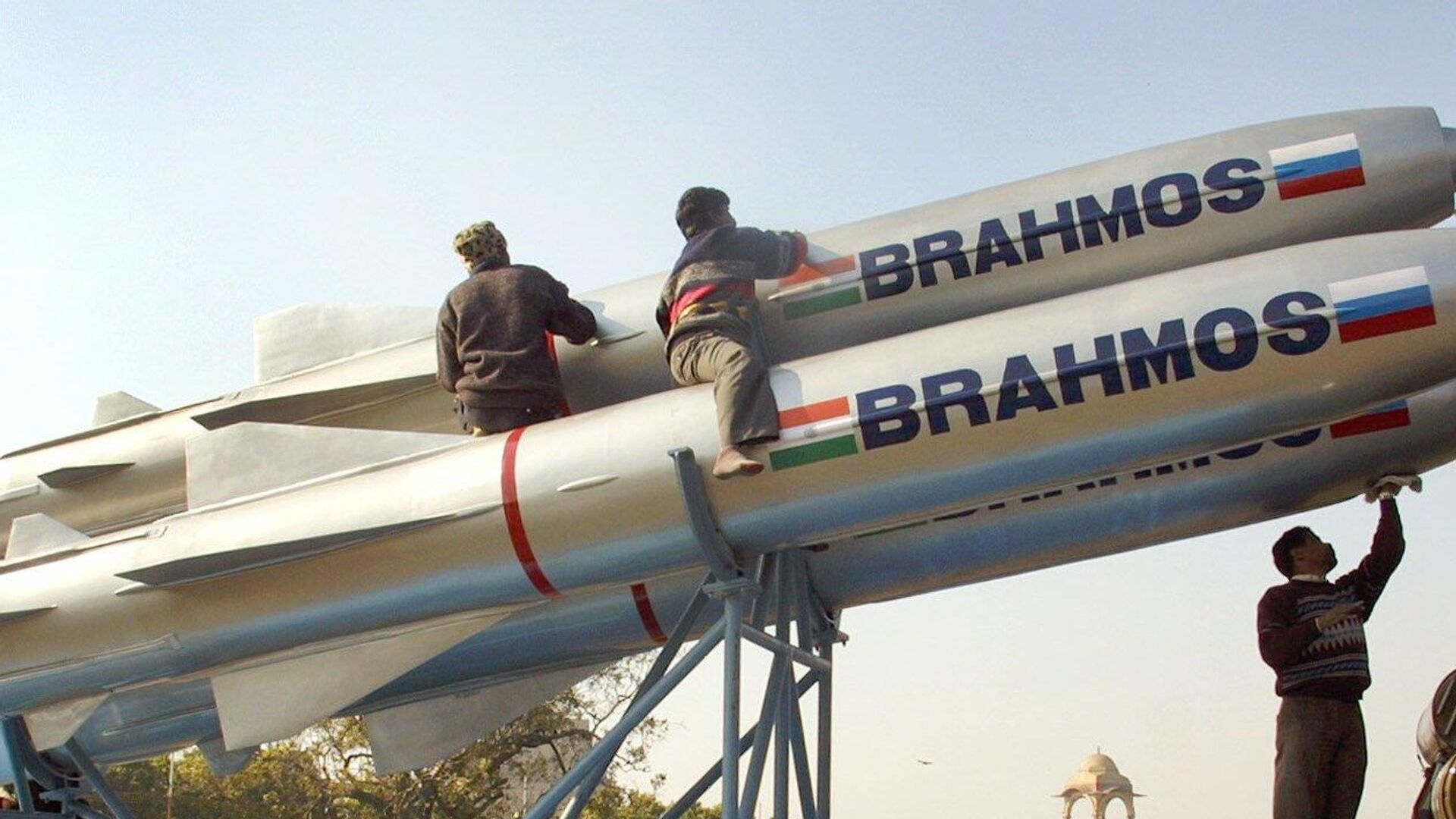Lucknow Brahmos missile unit to boost India’s defence manufacturing
Facility to produce 100 missiles to strengthen exports

Latest Brahmos-NG variant, lighter and stealthier, is expected to further boost defence capabilities of India
The Brahmos missile manufacturing facility at Lucknow in Uttar Pradesh, that will produce up to 100 advanced supersonic missiles annually, boosts Indian defence manufacturing.

Latest Brahmos-NG variant, lighter and stealthier, is expected to further boost defence capabilities of India
India’s defence manufacturing sector has taken a significant leap with the inauguration of the Brahmos missile production facility in Lucknow last week. This state-of-the-art unit, established at a cost of INR 3,000 million within the Uttar Pradesh Defence Industrial Corridor, is designed to produce up to 100 Brahmos supersonic cruise missiles annually, along with 100 to 150 next-generation variants each year.
The facility, located on 80 hectares of land provided by the Uttar Pradesh government, will boost India’s self-reliance in defence manufacturing.
The new Brahmos unit will manufacture both standard and next-generation missiles, the latter being lighter (1,290 kg versus the current 2,900 kg) and capable of being carried in greater numbers by platforms like the Sukhoi-30 MKI jets. The facility also includes an Aerospace Integration and Testing Centre for final assembly and testing.
Brahmos is one of the biggest success stories emerging from the long-standing Indo-Russian partnership and the long-range cruise missile has transformed from a technological wonder to a widely acknowledged representation of military might and export potential. Not only has Brahmos changed the defence posture of India since its first successful test in 2001, but it has also drawn interest from defence establishments around the globe.
After the First Gulf War (1990-91), India realised it needed a cruise missile that could carry out precise strikes, which is how Brahmos got its start. Brahmos Aerospace, a 50.5 pc Indian and 49.5 pc Russian joint venture, was established in 1998 as a result of an intergovernmental agreement between Russia and India.
On June 12, 2001, a land-based launcher in Odisha conducted the missile’s first test, which was named after the Brahmaputra and Moskva rivers.
“The Brahmos missile has greatly strengthened the defence system of India since its first successful test in 2001. Developed jointly by India’s Defence Research and Development Organisation (DRDO) and Russia’s NPO Mashinostroyeniya, it is the fastest supersonic cruise missile of the world, reaching speeds of Mach 2.8–3.0,” Girish Linganna, a defence analyst based in Bengaluru, tells Media India Group.
All three branches of the military now have Brahmos, including an air-launched version on Sukhoi-30 MKI jets, after being first introduced into the Indian Navy in 2005 and the Army in 2007.
“Its range has increased from 290 km to over 450 km, with some variants reportedly reaching 800 km. The missile’s precision, stealth, and ‘fire and forget’ capability make it hard to intercept,” Linganna adds.
The latest Brahmos-NG variant, lighter and stealthier, is expected to further boost defence capabilities of India.
Brahmos was also reportedly used by India to target Pakistani airbases during the recent military strikes against Pakistan, under Operation Sindoor, mounted in response to the deadly Pahalgam terror attack that claimed the lives of 26 civilians.
Ever since its development, Brahmos attracted strong interest from nations like the Philippines, Vietnam, Indonesia, Malaysia and Algeria, with the Philippines having already finalised a USD 375 million deal. This order consists of three batteries of the anti-ship, shore-based Brahmos. The agreement also covers an integrated logistics support package and operator training.. While Malaysia and other countries are actively considering procurement, Vietnam is reportedly nearing an agreement worth USD 700 million, boosting India’s standing as a defence exporter.
It also serves as the foundation of India’s deterrence strategy and is implemented throughout the Army, Navy and Air Force.
“Brahmos’ success has boosted India’s defence export profile. The new Brahmos-NG variant, lighter and stealthier, will further enhance India’s defence capabilities,” adds Linganna.









